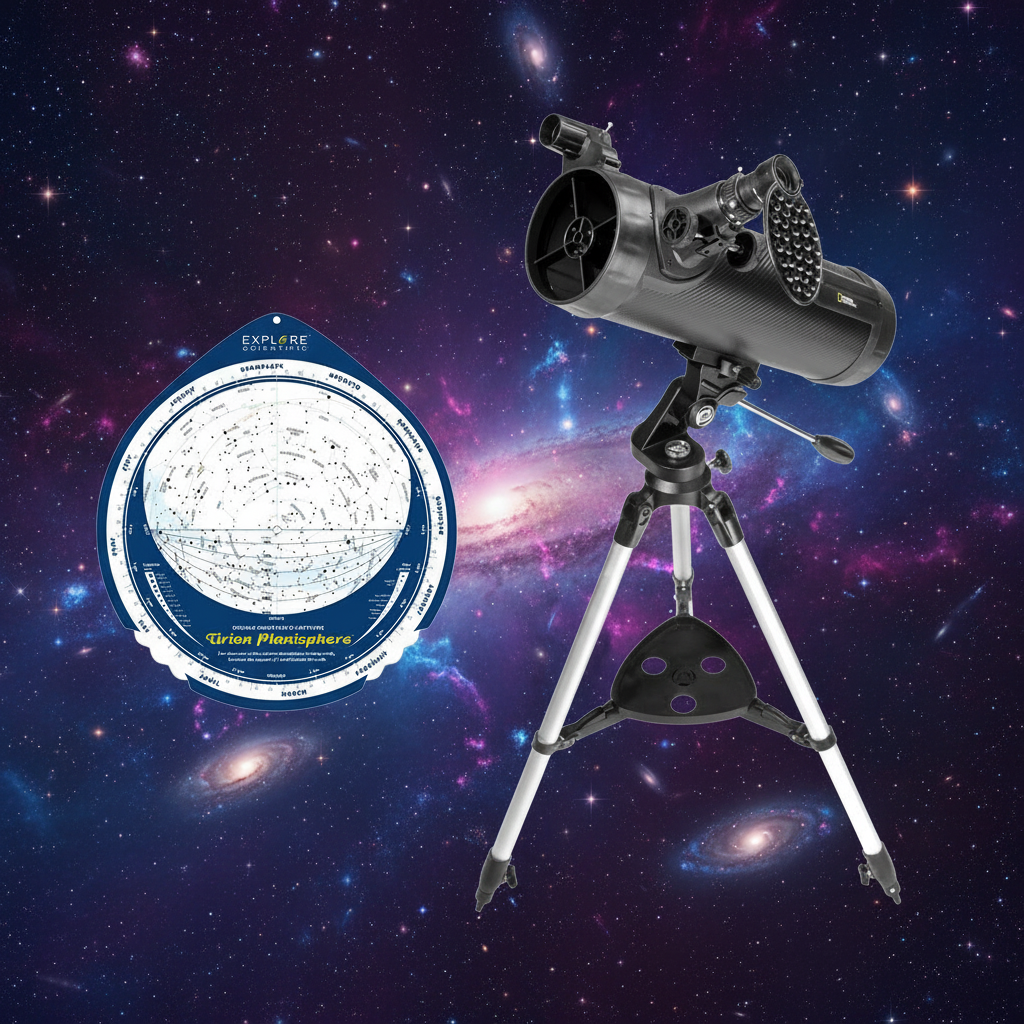At any moment of the day, countless awe-inspiring celestial events are unfolding in the sky. With a universe of options, it can be hard to pin down what to observe, what to look into or what to remember. This column takes a peek at what’s happening in the sky and in the world of astronomy in general to provide a quick list of highlights that can jumpstart your own explorations.
What to observe:
Puppis Constellation
March is an especially good time to explore the Puppis Constellation created in the mid-18th Century when the cumbersome Argo Navis constellation that had dominated southern skies for centuries was divvied up into three smaller parts. As the largest of the resulting trio of constellations, Puppis takes up a nice 673 square degree area of celestial real estate that is visible from latitudes between 40° North to 90° South. In terms of stars, its brightest is the blue supergiant Naos. Also known as Zeta Puppis, this spectacular star is one of only a few O-class stars that can be seen with the unaided eye. Other stellar offerings include Pi Puppis, an orange super giant that is the headliner in the Collinder 135 open cluster; Rho Puppis, a yellow giant that experiences subtle fluctuations in brightness; and k Puppis, which resolves neatly into two blue-white stars of nearly equal brightness when viewed through a small telescope. Puppis also is home to a bounty of deep sky offerings such as the binocular-friendly Messier 47 open cluster and the Messier 46 open cluster that visually contains the pale blue NGC 2438 planetary nebula. The constellation also includes NGC 2477, a rich open cluster filled with beautiful groupings; NGC 2451, a bright open cluster with a yellowish giant; and the NGC 2440 planetary nebula.
What to remember:
March 5th - Astronomer Jean Mueller’s Birthday
On March 5th, American astronomer Jean Mueller celebrated her birthday and marked one more year in a lifetime filled with milestones. In 1985, Mueller was the first woman hired as a telescope operator at Caltech’s renowned Palomar Observatory. In this capacity, Mueller was an essential part of the Second Palomar Observatory Sky Survey (POSS II), which was a wide field sky survey completed with the observatory’s 48-inch Samuel Oschin Telescope. During the 15-year survey Mueller took and scoured thousands of plates. During this research period, she discovered 15 comets, 10 asteroids and more than 100 supernovae.
What to look into:
March 6th – NASA’s Dawn Orbits Ceres
NASA chalked up another set of firsts today when the agency’s Dawn spacecraft officially went into orbit around the dwarf planet Ceres. In a news release, Marc Rayman, Dawn chief engineer and mission director at JPL, said, “Since its discovery in 1801, Ceres was known as a planet, then an asteroid and later a dwarf planet. Now, after a journey of 3.1 billion miles and 7.5 years, Dawn calls Ceres, home.” The icy Ceres is not the only target that Dawn has visited since its launch on September 27, 2007. In July 2011, it began orbiting the rocky Vesta asteroid. Thus, Dawn’s insertion into Ceres orbit today means it is the first human-made object to orbit more than one celestial body. By studying and comparing the data on both Ceres and Vesta, Dawn researchers hope to gain a better understanding of the evolution of the early solar system.
As an Amazon Associate we earn from qualifying purchases.












Leave a comment
This site is protected by hCaptcha and the hCaptcha Privacy Policy and Terms of Service apply.